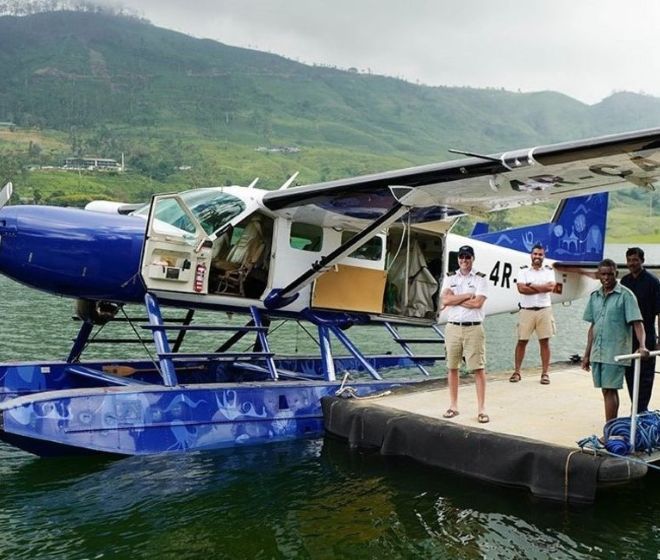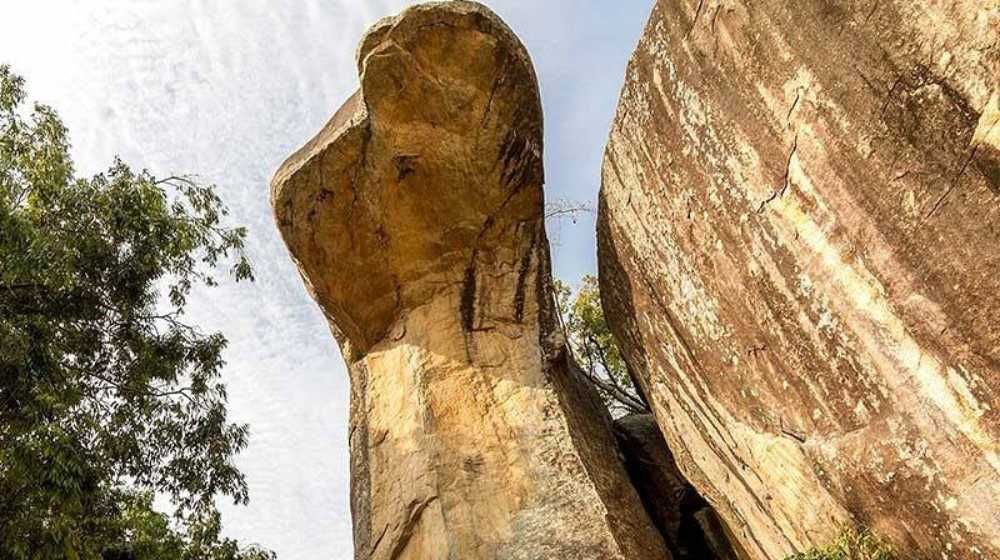
Cobra Hood Cave Sigiriya Sri Lanka
Sigiriya Rock Fortress Sri Lanka
Sigiriya is an ancient rock fortress and palace built by King Kashyapa during the reign of 473 – 495 which is standing majestically 660 feet straight up as per the recorded history. It is located in the northern Matale district near the town of Dambulla in central province of Sri Lanka. The word Sigiriya or the Sinhagiri means the Lion’s Rock where you have to climb up 1200 steps before you reach the Lion Rock Fortress on top of Sigiriya. There are several platforms that break up the steps and allow for a little break if you need it. Today Sigiriya rock fortress is one of the most famous Archeological Treasure and UNESCO named Sigiriya rock as a World Heritage in 1982 under the name “Ancient City of Sigiriya Sri Lanka”.
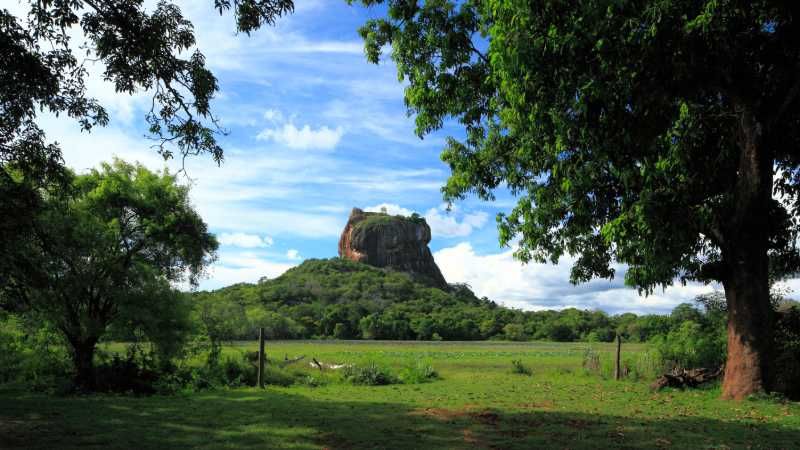
Cobra Hood Cave & Ramayana Yatra Sri Lanka
Cobra hood cave also known as the “Parumaka Naguliya Lena”, is a natural geological formation projected as a cobra hood located within the boulder garden of Sigiriya Rock Fortress complex with plastered interior of the cave once embellished with floral and animal paintings. This is also part of the Sigiriya Rock Fortress complex (UNESCO World Heritage)
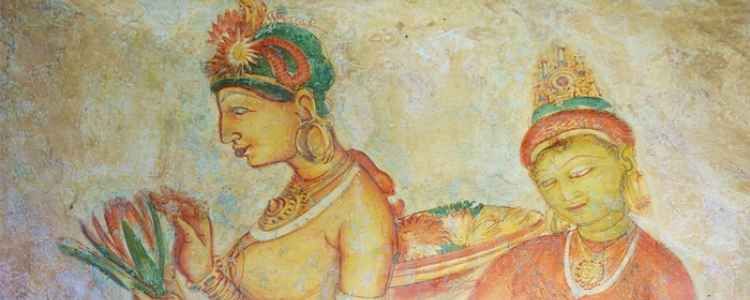
As per the recent explorations of Ramayana in Lanka Pura by Lal Srinivas and Dr. Mirando Obesekara, Sigiriya can be considered as a post historical archaeology turning point of King Ravana. According to them, Sigiriya may be the Alakamandava or City of the Gods that was built up before 50 centuries ago by King Kuvera who was the half brother of King Ravana as defined in the Ramayanaya yatra Sri Lanka.
According to the Palm Leaf Book (Puskola Potha) of Ravana Watha (Ravana Story) the architect of the Sigiriya was a Danava called Maya Danava. He built up Sigiriya on the instructions given by King Visthavasa (Vishravasamuni) the father of Ravana. During that period the Sigiriya was called Alakamandava and during the period of King Kuwera it was called Cithranakuta. After the death of Ravana, Vibeeshana became the king and he shifted the kingdom to Kelaniya.
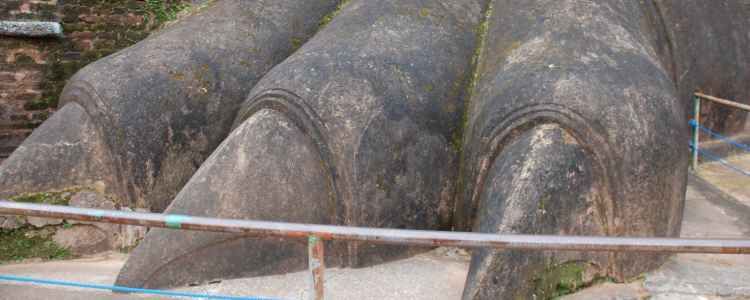
The man made drip ledge and Brahmi inscription of the 3rd century B.C. associated with this cave indicate that the cave has served as a Buddhist monastery / dwelling for monks. The paintings on the rock ceiling has floral and stylized animal motifs with a geometric composition. The brick paved floor of the cave has been finished with lime plaster. The boulder connected with the cave has been sliced from the mother boulder and resembles the hood of a cobra. A fallen off piece of the boulder is still to be seen in front of the cave.
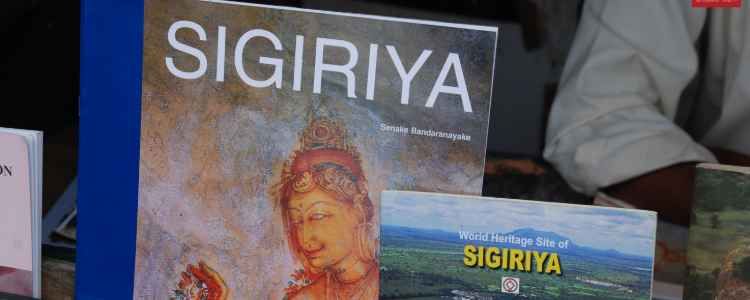
Therefore historians believe Sigiriya to have a connection with Ramayana. It is believed that the plateau top was the site of Ravana’s majestic palace, made of solid gold and crafted by Kubera, the God of Wealth, around 50 centuries ago. One look at the site, and you would know how big an architectural feat this place must have been. As believed, one of these caves is where King Ravana imprisoned Princess Sita, after abducting her.
Skeletal discovered at Cobra Hood Cave Sigiriya
The archaeological excavations conducted at the cave / rock shelter has led to the discovery of nine human skeletons. Excavations at the Sigiriya Cobra Hood Cave excavated what appears to be a Middle Historic Period burial site. The excavations yielded skeletal remains of nine individuals. This study suggests that at the time of death these individuals were young healthy adult males of 152 cm or more in height. Burial practice has been in an extended position in a west-east orientation with hands clasped in front and the face turned towards the south. No burial offerings or other ritual objects were found.
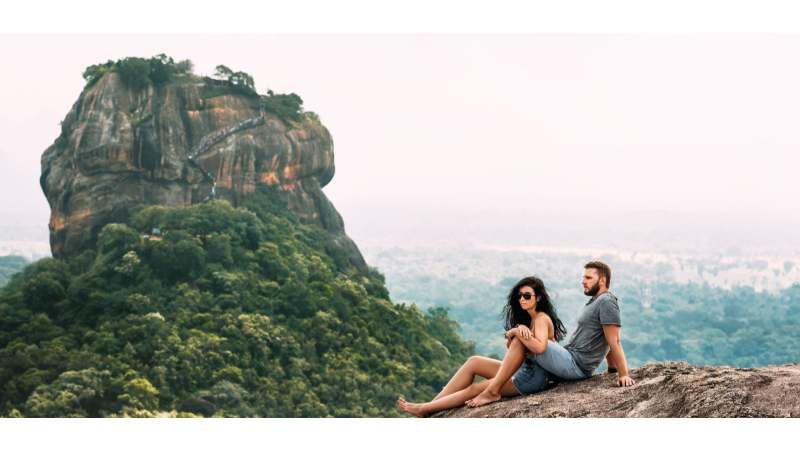
In late February 1991, Professor Senake Bandaranayake, Archaeological Director, sought assistance from the Department of Anatomy, Faculty of Medicine, University of Peradeniya for the identification of skeletal remains that had been exposed at Cobra Hood Cave (rock shelter B9) in the Boulder Garden Complex at the foot of the Sigiriya rock.
The megalithic burial sites of Sri Lanka date from the eighth century BC (S. Seneviratne, personal communication). The present burial has been dated as 6th or 7th century AD. Burial practice of the west – east or east-west orientation of the extended body, with the rotation of the head from frontal to facing south, appears to have continued from the megalithic times (3) to the time of the burials exposed in the present study. Burial offerings also have continued for individual graves up to the time of the present study . (Reference – M. S. Chandrasekera 1 and E. R. Wikramanayake 2 )
Reference
-
Skeletal finds at Cobra Hood Cave, Sigiriya – A preliminary study M. S. Chandrasekera1 and E. R. Wikramanayake2 The Ceylon Journal of Medical Science 1992; 35:15-18
-
The Island News Paper Sri Lanka
-
Mr. S. Kalaiselvam (Former Director General of Sri Lanka Tourism Development Authority)
-
Sri Lanka Institute of Tourism & Hotel Management – SLITHM
-
Sri Lanka Tourism Development Authority (Ramayana Trail Sri Lanka) – SLTDA
For any clarification or want to book your Ramayana Tour in Sri Lanka – Reach us
Ceylon Expeditions Sri Lanka Office
No. 8 2/1, Rodney Street,
Cotta Road,
Colombo 08,
Sri Lanka
Voice Hotline +94 717 88 44 99
Email holidays@expeditions.lk
WhatsApp / Viber +94 714 276 985


